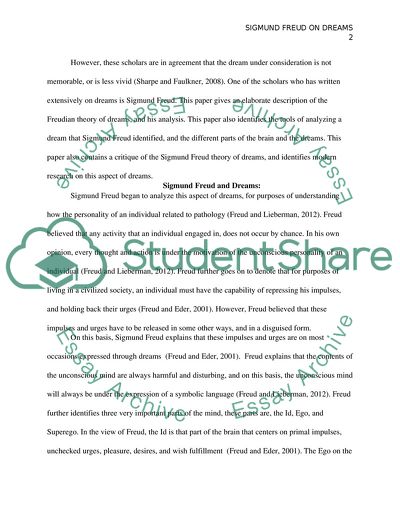Cite this document
(Sigmund Freud on Dreams Coursework Example | Topics and Well Written Essays - 1500 words, n.d.)
Sigmund Freud on Dreams Coursework Example | Topics and Well Written Essays - 1500 words. https://studentshare.org/psychology/1819301-dreams
Sigmund Freud on Dreams Coursework Example | Topics and Well Written Essays - 1500 words. https://studentshare.org/psychology/1819301-dreams
(Sigmund Freud on Dreams Coursework Example | Topics and Well Written Essays - 1500 Words)
Sigmund Freud on Dreams Coursework Example | Topics and Well Written Essays - 1500 Words. https://studentshare.org/psychology/1819301-dreams.
Sigmund Freud on Dreams Coursework Example | Topics and Well Written Essays - 1500 Words. https://studentshare.org/psychology/1819301-dreams.
“Sigmund Freud on Dreams Coursework Example | Topics and Well Written Essays - 1500 Words”. https://studentshare.org/psychology/1819301-dreams.


